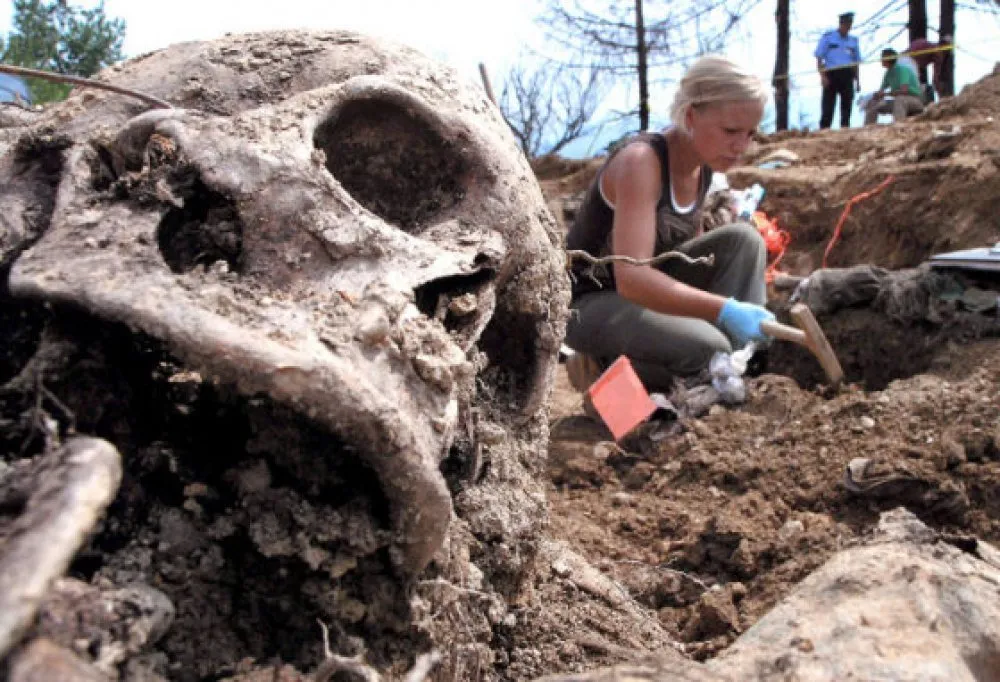Gigantopithecus, often referred to as the largest primate that ever roamed the Earth, has fascinated scientists and the general public alike since its discovery. This colossal creature, believed to have lived from approximately nine million to one hundred thousand years ago, represents a remarkable chapter in the evolutionary story of primates.

Discovery and Fossil Records
The first Gigantopithecus fossils were discovered by accident in a Chinese apothecary shop in 1935 by paleoanthropologist Ralph von Koenigswald. These fossils, originally labeled as “dragon teeth,” were later identified as belonging to a previously unknown giant primate. Over the years, additional fossils have been unearthed primarily in Asia, particularly in China, Vietnam, and India. These consist mostly of jawbones and teeth, which have provided crucial insights into the physical characteristics and dietary habits of Gigantopithecus.

Physical Characteristics
Gigantopithecus is estimated to have stood up to 3 meters tall and weighed as much as 540 kilograms (about 1,190 pounds), making it the largest known primate to have ever existed. Its size has led some to compare it to King Kong, though it was more likely similar in appearance to a gigantic orangutan. The structure of its teeth suggests that Gigantopithecus was primarily a herbivore, feeding on bamboo, fruits, and other forest vegetation, much like today’s giant pandas.
Ecological Role and Extinction
Living in the dense forests of what is now Asia, Gigantopithecus would have played a significant role in its ecosystem. Its diet would have helped in seed dispersal, contributing to the health of its habitat. However, the reasons behind the extinction of Gigantopithecus remain a subject of debate among scientists. Some theories suggest that changes in climate and the resulting shifts in habitat and available food sources may have contributed to its demise. Additionally, competition with other species, including early humans, for resources might have played a role.
Gigantopithecus and Human Evolution
While Gigantopithecus is not directly related to humans, its existence provides valuable insights into the environment and conditions that shaped the evolution of primates, including those that would eventually lead to Homo sapiens. The study of Gigantopithecus continues to help paleontologists understand more about primate diversity and evolutionary history.
Though Gigantopithecus has long been extinct, the legacy of this giant primate continues to capture the imagination of many. It serves as a potent reminder of the diverse forms life has taken and the constant changes that characterize the history of our planet. For scientists and enthusiasts alike, Gigantopithecus offers a fascinating glimpse into the lives of Earth’s ancient giants, providing a link to the distant past that still holds many secrets waiting to be uncovered.



